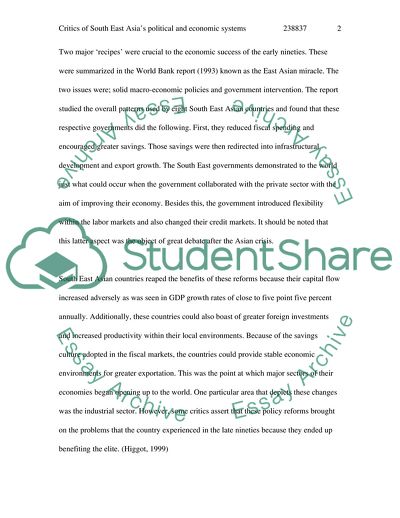Cite this document
(Critics of South East Asias Political and Economic Systems Coursework, n.d.)
Critics of South East Asias Political and Economic Systems Coursework. https://studentshare.org/politics/1715921-management-of-change
Critics of South East Asias Political and Economic Systems Coursework. https://studentshare.org/politics/1715921-management-of-change
(Critics of South East Asias Political and Economic Systems Coursework)
Critics of South East Asias Political and Economic Systems Coursework. https://studentshare.org/politics/1715921-management-of-change.
Critics of South East Asias Political and Economic Systems Coursework. https://studentshare.org/politics/1715921-management-of-change.
“Critics of South East Asias Political and Economic Systems Coursework”. https://studentshare.org/politics/1715921-management-of-change.


